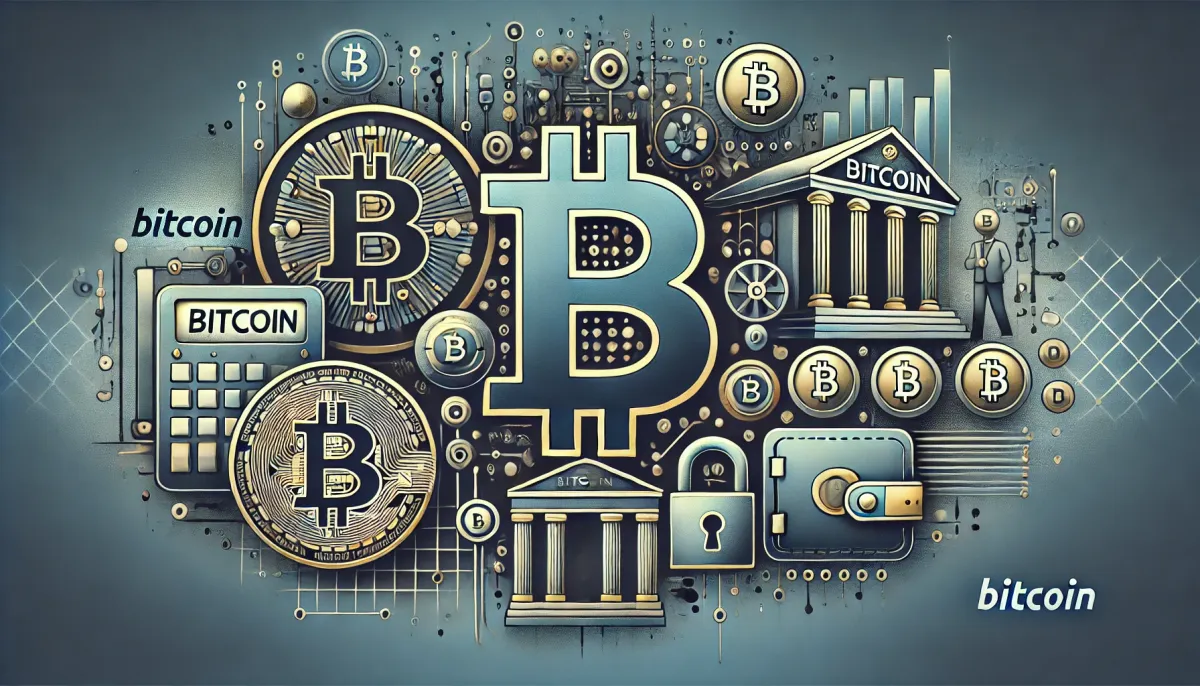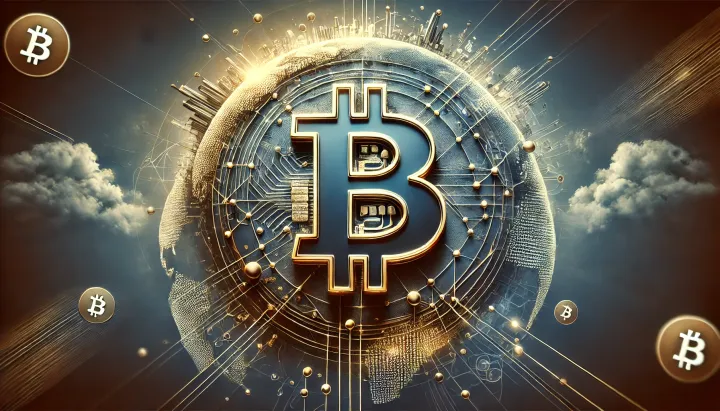Lessons from a Bank Freeze: Why Self-Custody Matters
The April 25 2025 episode of the Brandon Gentile pod features cyber-security veteran Tony Yazbeck, who lost his fortune when Lebanese banks froze deposits overnight.

- My 'briefing notes' summarize the content of podcast episodes; they do not reflect my own views.
- They contain (1) a summary of podcast content, (2) potential information gaps, and (3) some speculative views on wider Bitcoin implications.
- Pay attention to broadcast dates (I often summarize older episodes)
- Some episodes I summarize may be sponsored: don't trust, verify, if the information you are looking for is to be used for decision-making.
Summary
The April 25 2025 episode of the Brandon Gentile pod features cyber-security veteran Tony Yazbeck, who lost his fortune when Lebanese banks froze deposits overnight. Yazbeck argues that only self-custodied Bitcoin shields savers from identical bail-in and CBDC threats now looming in Western economies. His testimony turns even 0.01 BTC into a strategic hedge for policymakers, institutions, and households alike.
Take-Home Messages
- Self-Custody First: Bank or ETF coins can be seized as quickly as Lebanese deposits.
- Small Stack, Huge Upside: Owning 0.01 BTC today may secure generational purchasing power tomorrow.
- Bail-In Precedent: EU and U.S. laws already authorize deposit haircuts—Bitcoin sidesteps that risk.
- Stablecoin Mirage: Dollar-pegged tokens can flip to CBDC surveillance at any policy switch.
- Education as Armor: Air-gapped wallets and plug-and-play nodes now make sovereign storage simple.
Overview
Lebanon’s 2019 banking collapse left Tony Yazbeck penniless overnight, proving to him that fiat deposits are mere bank liabilities. He recounts bartering tomatoes for haircuts while armed gangs filled the power vacuum, a cautionary tale for anyone who trusts third parties with savings. Yazbeck concludes that true ownership begins the moment private keys leave institutional rails.
Rising inflation, bail-in statutes, and ETF custody in the West are a reminder that single-point failure is possible anywhere. Yazbeck warns that 6102-style confiscation could exploit exchange KYC lists just as easily as Lebanese officials raided dollar accounts. Capital-control playbooks, he argues, are global and bipartisan.
Technical friction often keeps newcomers on exchanges, yet Yazbeck insists modern tools erase that excuse. A node can run from a single-board computer, and air-gapped wallets now guide users step-by-step like tax software. Once keys migrate off-platform, monitoring and seizure risks collapse to near zero.
Future trends amplify these stakes. AI-driven robotics will drive deflation, widening the gulf between appreciating Bitcoin balances and debasing fiat wages. Early nation-state reserves and institutional hoarding further pressure individuals to secure at least a fractional share before supply vanishes behind custody gates.
Stakeholder Perspectives
- Retail Savers: Want a friction-free path from exchanges to personal wallets before regulations tighten.
- Institutional Custodians: Eye revenue from ETFs yet inherit seizure and liability exposure.
- Regulators: Seek financial-stability tools without igniting backlash over surveillance and bail-ins.
- Hardware-Wallet Vendors: Face surging demand and must harden devices against AI-enabled exploits.
- NGOs & Educators: View grassroots key-management training as essential public-interest infrastructure.
Implications and Future Outlook
Self-custody adoption may surge if even one G-7 country imposes withdrawal caps or bail-ins, mirroring Lebanon’s trigger moment. Policymakers could alleviate unrest by publishing transparent capital-control thresholds, yet citizens are unlikely to trust promises without action. Jurisdictions that legalize private key ownership and clarify tax rules stand to attract mobile capital.
Institutional Bitcoin demand will keep rising, but custodial concentration raises systemic flash points. Regulators may impose proof-of-reserves audits to contain that risk, nudging large holders toward multisig or jurisdictional diversification. Meanwhile, ETF marketing budgets will test whether convenience outweighs hard-earned lessons from past freezes.
AI’s advance makes cyber-intrusion cheaper, forcing continuous wallet-firmware and node-software updates. Regions that pair renewable power with mining can monetize stranded energy while hardening grids against volatility. Over the decade, states that stockpile Bitcoin may wield new leverage in debt renegotiations and sanctions diplomacy.
Some Key Information Gaps
- How can Bitcoiners design friction-free migration paths from exchange custody to personal wallets? Smoother exits shrink systemic seizure risk and democratize monetary sovereignty.
- What early-warning indicators signal an impending capital-control event in advanced economies? Timely detection would guide both household resilience and macro-prudential policy.
- Which governance safeguards are needed to keep stablecoins from morphing into CBDC-style surveillance tools? Privacy-preserving frameworks could influence global digital-cash norms.
- How might governments legally justify a 6102-type Bitcoin seizure, and what countermeasures exist? Clarity informs institutional treasuries and shapes future custody architectures.
- Which AI-driven attack vectors pose the greatest near-term threat to consumer hardware wallets? Pre-emptive mitigation protects millions of new self-custody users from automated theft.
Broader Implications for Bitcoin
Banking Models Upended
Bitcoin’s bearer settlement could strip commercial banks of cheap retail funding, forcing them into fee-based service models or niche lending specializations. Deposit insurance schemes would shrink as balances migrate on-chain, compelling regulators to rewrite prudential rules. Regions that adapt early may avoid abrupt credit contractions.
Regulatory Playbooks Rewritten
As self-custody proliferates, traditional capital-control levers—freezes, FX ceilings, negative rates—lose bite. Governments may pivot toward consumption taxes and service fees over monetary repression to fund operations. This shift realigns incentives toward fiscal accountability rather than stealth inflation.
AI-Era Wealth Polarization
Automation threatens wage earners whose savings sit in melting fiat while asset owners compound in scarce digital money. Without accessible key-management education, inequality gaps could widen and ignite fresh populist waves. Broad distribution of self-custody skills becomes both a social-equity and national-security priority.



Comments ()